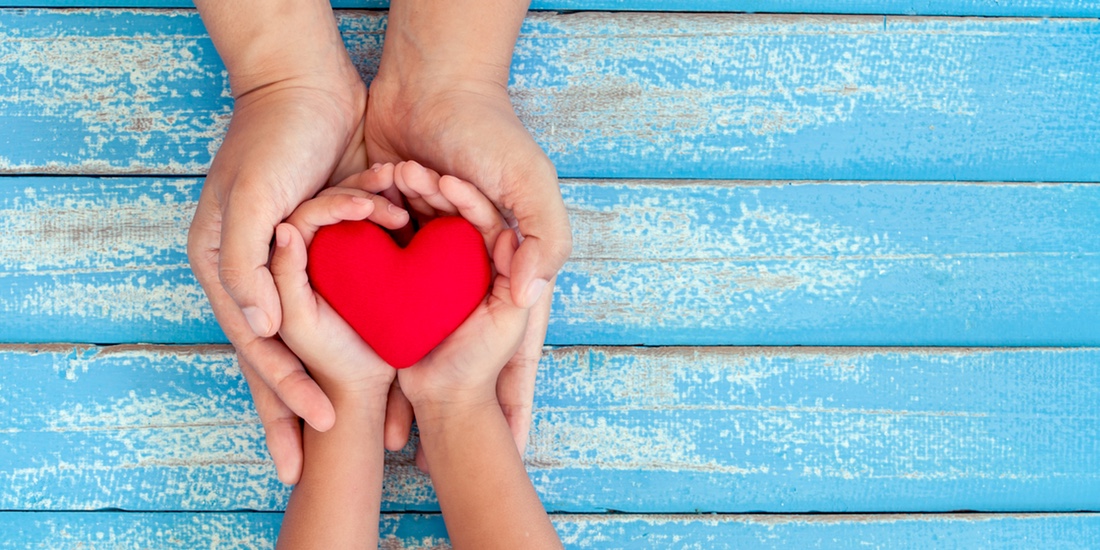The benefits of mindfulness and how it can help your child thrive. How to naturally and authentically infuse mindfulness into your child’s daily routine.
Learn
What is “Mindfulness”?
Mindfulness is a form of meditation that can be practiced anywhere and at any time. You can practice mindfulness while practicing yoga, doing dishes or walking to school. When we practice being mindful, we’re paying attention to what we’re doing in the moment, bringing our thoughts back to the present but without judging them. We’re focused on a specific object – a sound, food, location, etc.
Mindfulness is taking the time to notice our thoughts, let them go and then bring ourselves back to what we’re trying to focus on; it’s not to clear our minds of thoughts.
Why is “Mindfulness” Beneficial?
Mindfulness can be extremely powerful for children, especially for those who get stuck on a topic or idea. Neuroscience and brain imaging research demonstrates that mindfulness meditation changes brain structure and function, and improves the quality of our thoughts and feelings.
Teaching a child to calm their mind (and body) through mindfulness:
- Improves self-regulation.
- Improves focus, one of the mental skills for which executive function is responsible.
- Empowers them to control their thoughts, instead of letting their thoughts control them.
Do
Core Marbles
Infuse Mindfulness (Naturally) into Your Daily Routine
- Listen mindfully – When walking to and from a place, find a specific sound to focus on.
- For example, try actively listening for bird calls on a neighborhood walk. You can also ask your child to count all the different bird sounds they hear on that walk and see how it changes from day to day.
- Eat mindfully – Before your child takes a bite of their snack, ask them to describe what they feel or smell.
- For example, before eating an orange, ask your child to notice how it feels in their hands and how it smells. Then, as you peel the orange, ask your child to notice the difference in how it feels and smells. Finally, when your child takes a bite, ask them to describe the texture as they chew, and ask if it tastes differently when they chew slowly.
- Practice gratitude – Start a bedtime gratitude practice. Before bedtime, spend a few minutes reflecting and talking about five things for which you’re grateful. Ask your child to describe how noticing and sharing gratitude makes them feel.
Be a Boat
- Teach your child this simple breathing exercise to move through rocky moments in their day.
Take a Mindful Minute
- A child’s is thinking nonstop (a child thinks 12,000 – 50,000 thoughts a day!). That’s physically, emotionally and mentally exhausting for them. Giving your child a Mindful Minute – to focus on something other than their thoughts – gives their brains time to rest and recharge.
- The more frequently your child practices Mindful Minutes (not necessarily for longer durations), the more your child will learn to control their thoughts. Frequent, short practices are most effective.
Learn from Videos that Help You Teach
- Mindfulness month for kids
- Practice gratitude
- How to use a breathing stick
- I Am Yoga song
- Breathe with a pinwheel
